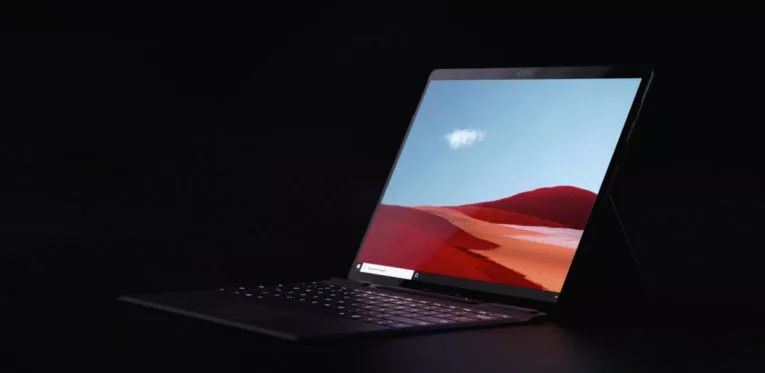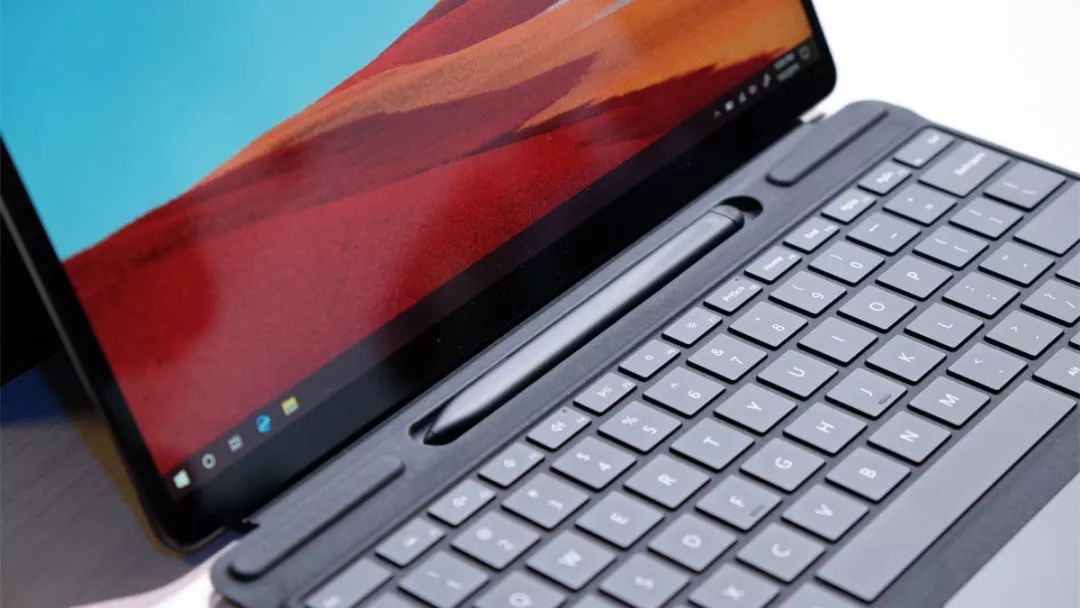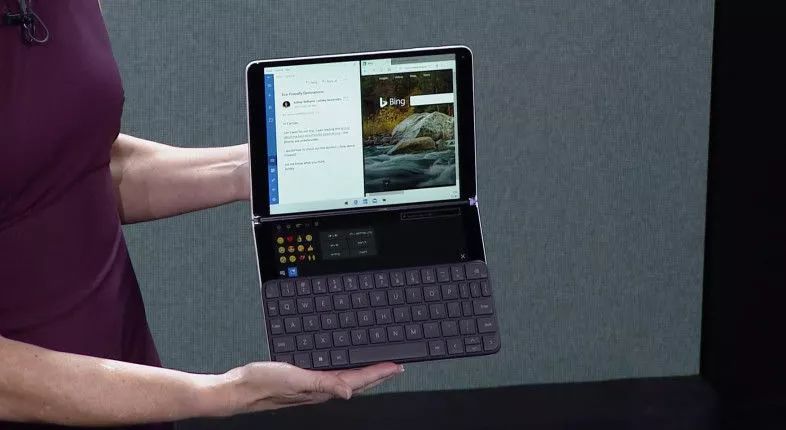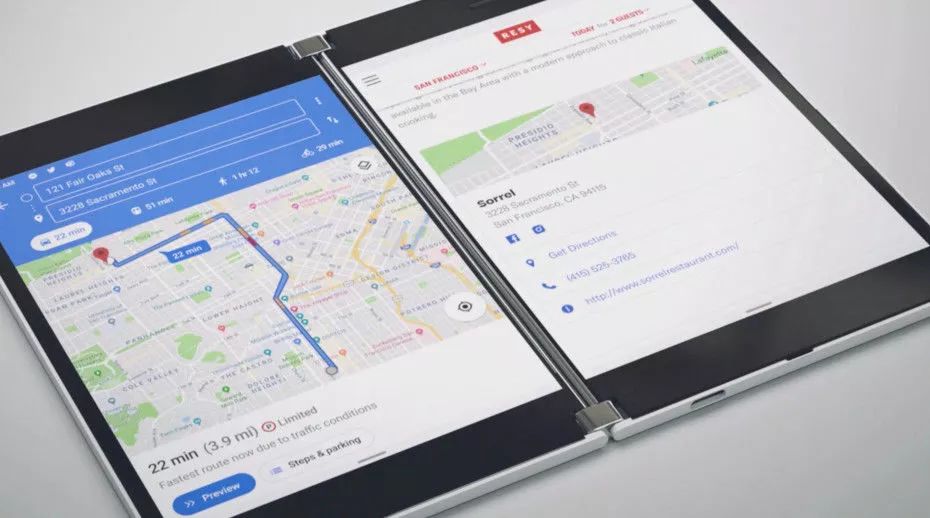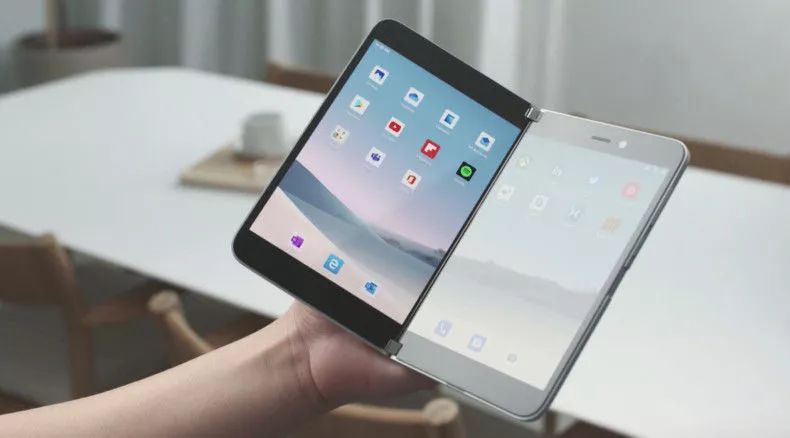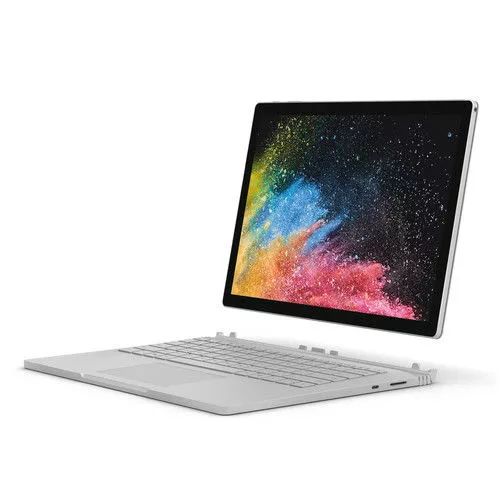The more radical Microsoft’s hardware products are, the more they are called “subversion”, and the final outcome is often worse.
Editor’s note: This article is from WeChat public account “Geek Park” (ID:geekpark), author: Jesse.
The more radical Microsoft products are, the more they are called “subversion”, and the final outcome is often worse.
Microsoft opened a very “confusing” conference.
After the routine configuration upgrade of Surface Laptop and Surface Pro 7, Microsoft released three new “disruptive” Surface products, namely Surface Pro X with ARM processor and dual screen. The folded computer Surface Neo and the Surface Duo, also equipped with a foldable dual screen Android phone.
After a brief surprise, public opinion did not give Microsoft a sympathy. More and more people defined the demonstrations of these new products as “confusing behaviors” and considered them to be the result of “forced innovation.” But behind the “confusing” demo, these three products represent the three most popular frontier trends.
The future of ARM PC
Microsoft also released two Surface Pro tablets.
One is the Surface Pro 7, which, like the previous Surface Pro, comes with an Intel processor and runs the full desktop version of Win 10. The other is the Surface Pro X, a reborn surface.
Surface Pro X is a more modern device. Compared to Pro 7, it has a larger screen, a narrower border, higher resolution, higher rear pixel camera, 4K shooting, better speakers, two USB-C ports, no USB -A interface, and there is no headphone jack.
The most fundamental difference between Surface Pro X and 7 is that it is powered by an ARM-based SQ1 processor jointly developed by Microsoft and Qualcomm. At the press conference, Microsoft highlighted the chip’s powerful performance to support Win10. 2.1 Teraflop’s graphics processing performance also gives this surface a theoretically strong graphics capability.
Surface Pro X | Microsoft
Since the 1990s, X86 architecture processors have dominated the entire PC industry. From PCs to Macs to PS4 and Xbox One, the X86-64 is the gold standard in desktop computing, and Intel and AMD are the two most important chip factories in the world.
But the development of smartphones and tablets has brought a turn for the better. ARM-based processors start to look up with lower power consumption and better functionality. In recent years, the performance of the flagship ARM processor has been enough to drive a complete desktop system. And the ARM architecture chip allows the motherboard to be designed to be more compact, with a larger battery pack in a limited body size. This allows the ARM-equipped device to last longer, and can design a better DSP (responsible for processing camera signals and video decoding), and better support for LTE and the future 5G.
Like iPad Pro, Surface Pro X is also equipped with a pen that supports wireless charging | Microsoft
Surface Pro X still has some shortcomings. For example, there are a lot of X86 64-bit software under the Win10 system of ARM, especially the game is not compatible. But the transition has already begun. In December last year, Qualcomm released the first ARM architecture PC processor 8cx, and PC makers including Lenovo also started to launch the computer equipped with the chip to work with the Win10 custom system.
Not just Microsoft, Apple has also targeted the future of ARM PCs. There have been rumors that Apple is developing a Mac computer with an ARM chip, which is expected to be available in 2020-2021. And if you think of the iPad as a “personal computer,” it’s the most successful ARM PC of the moment. At this year’s WWDC, Apple began to promote the “integration” of the iPad and Mac at the system software level, which is likely to herald a comprehensive ARM.The future of the future.
Exploration of dual-screen notebooks
In 2016, when Apple joined the Touch Bar on the MacBook Pro, some people predicted that Apple would use the Touch Bar as a springboard, and finally launched a dual-screen MacBook without a physical keyboard and a C-face.
This idea is not unreasonable, because the original prototype of the “touch screen virtual keyboard” was developed by a group of people who had long-term hitting the physical keyboard and got the “carpal tunnel syndrome” in order to solve the problem of the finger being unable to hit the keyboard. A full-size touchscreen keyboard. As early as 2011, Apple applied for a patent on a full-size touch-screen virtual keyboard.
It’s not difficult to make a full touch screen virtual keyboard. There is a full-size virtual keyboard on the iPad, but to make a virtual keyboard with accurate and real vibration feedback, the user can perform high-speed blind typing is not so simple. . Apple has put a lot of technology on it, “3D Touch” and “Taptic Engine”… But until today, these technologies are limited to the “small screen devices” such as iPhone and Apple Watch, and they can’t be equipped with large-size touch screens such as iPad. on.
Apple did not launch a dual-screen MacBook. Instead, Microsoft made the first person to eat crabs and launched the Surface Neo dual-screen computer. The Surface Neo is equipped with two symmetrical 9-inch touch screens that rotate 360 degrees. As for the input question, Microsoft thought of a way to save the country by curve, and equipped it with a physical keyboard.
Surface Neo with Microsoft Keyboard | Microsoft
Surface Neo is equipped with a small-sized physical keyboard that can be magnetically attracted to the screen for input when the user needs to use it. When the keyboard is attached to the screen, the screen is automatically adapted to turn the portion that is not covered by the keyboard into a touchpad or emoji input field.
Surface Neo’s product logic is somewhat ambiguous. For example, two screens that are identical but separated from each other, which part of the user’s attention should be placed? Since the physical keyboard will block the touch screen, why should I make the C surface a display from the beginning?
In addition to Microsoft, Intel is also interested in dual-screen computers. last yearIn October, Intel and Lenovo jointly developed a prototype of a dual-screen computer, which is very similar in appearance to the Surface Neo, except that one of the two screens of Intel’s prototype uses an electronic ink screen. The user performs handwriting input and reading. Digital Media The Verge Editor-in-Chief Dieter Bohn commented on the product, “The entire PC market is full of quirky novel ideas in search of breakthroughs.”
Surface Neo | Microsoft
Intel products have not yet landed, and Surface Neo will not be officially available until the end of 2020. There are still a lot of product details not announced. As for Apple, 3D Touch has officially died on the latest iPhone 11 series, and the Touch Bar is on the verge of being abandoned. At WWDC this year, Apple tried to make the iPad a “sub-screen” for the Mac, and launched Sidecar, which allows users to implement handwriting, drawing and other functions on the Mac via iPad and Apple Pencil.
The giants each looked forward to the future of the “double-screen computer”, but they have not yet handed over the final answer.
Folding the imagination of a mobile phone
With Surface Neo, there is also Surface Duo, a “folding dual-screen Android phone.”
There is enough topicality for this definition. Microsoft “succumbed” to Google, made an Android phone, and it is still a new form of folding dual screen.
Each iconic node for smartphone evolution is defined by the screen. The first generation iPhone uses a capacitive touch screen, the iPhone 4 starts with a retina high score screen, the Samsung Galaxy Note series opens the big screen mobile phone era, and the millet MIX, iPhone X opens the full screen era… Now, many mobile phone giants It is believed that the “folding screen” will be the next stop for the evolution of smartphones.
Samsung and Huawei have launched their own folding screen phones, Galaxy Fold and Mate X. They all use a flexible, foldable screen, the difference is that Galaxy Fold folds the screen inward, while Mate X folds the screen out. In addition, Xiaomi has just sentThe cloth’s MIX Alpha can also be thought of as a “folding screen” that extends the screen from the front of the phone to the entire frame, up to the back, creating an almost 360-degree surround screen.
Surface Duo Phone | Microsoft
Surface Neo does not use a flexible foldable screen, but instead connects two separate 5.6-inch screens with a rotating shaft. But because there is a clear demarcation between them, when the two screens are expanded, the video or game screen cannot be displayed like a complete screen. In Microsoft’s imagination, the Surface Duo’s interaction can be “like a book, then display two different apps on the left and right screens for multitasking,” or “like a laptop.” Flip up, the upper screen shows the content, the following screen to enter, operate.
But Microsoft did not give a third-party application to adapt to Surface Duo, and did not demonstrate too many practical applications during the product demonstration. The final experience of the Surface Duo will not be revealed until the end of 2020.
But from the published product demonstration, it is just the application scenario of “receiving the phone”. The interaction of Surface Duo is quite troublesome. It requires the user to open the phone with both hands to see who the caller is. After answering the call, To continue to fold the phone backwards, you can answer it with one hand. The obstacles in the underlying functionality of the phone properties cast a shadow over the future of the Surface Duo.
Innovative Anxiety
Even without relying on the consumer electronics business, Microsoft is now the world’s number one company by market value, but it has never given up on attempts in this area. Whether it’s the early years of Windows Phone, or the later “tablet, computer combo” product Surface Book, you can see Microsoft in every corner of your personal computing device.
On the other hand, Microsoft has never succeeded in the consumer electronics arena. Windows Phone Because the limitations of the third-party application ecosystem were completely eliminated by iOS and Android. When the Surface Book was released in 2015, many people were interested in the design of its “flat, computer combo”, but the various functional failures led to the return rate. High prices and sales continued to be sluggish.
Surface Book has not been updated in two years | Microsoft
This has become a phenomenon. The more radical Microsoft is introduced, the more it is called “subversion” products, and the final outcome is often worse. Instead, it is a relatively conservative, traditional Surface Laptop, Surface Pro, and has achieved certain results.
As a top technology giant, Microsoft could have a deeper understanding of product design, promote technological innovation, and make truly meaningful and innovative products. Today, Microsoft is more like a KPI-oriented company, in order to make products to the above, to be the “latest and most cutting-edge” products. This is like an anxiety. When the technical direction is not clear, we only pay attention to the appearance of the frontier trend, do not strictly rigorous products, force “innovation”, and finally stage a “confusing behavior award.”
